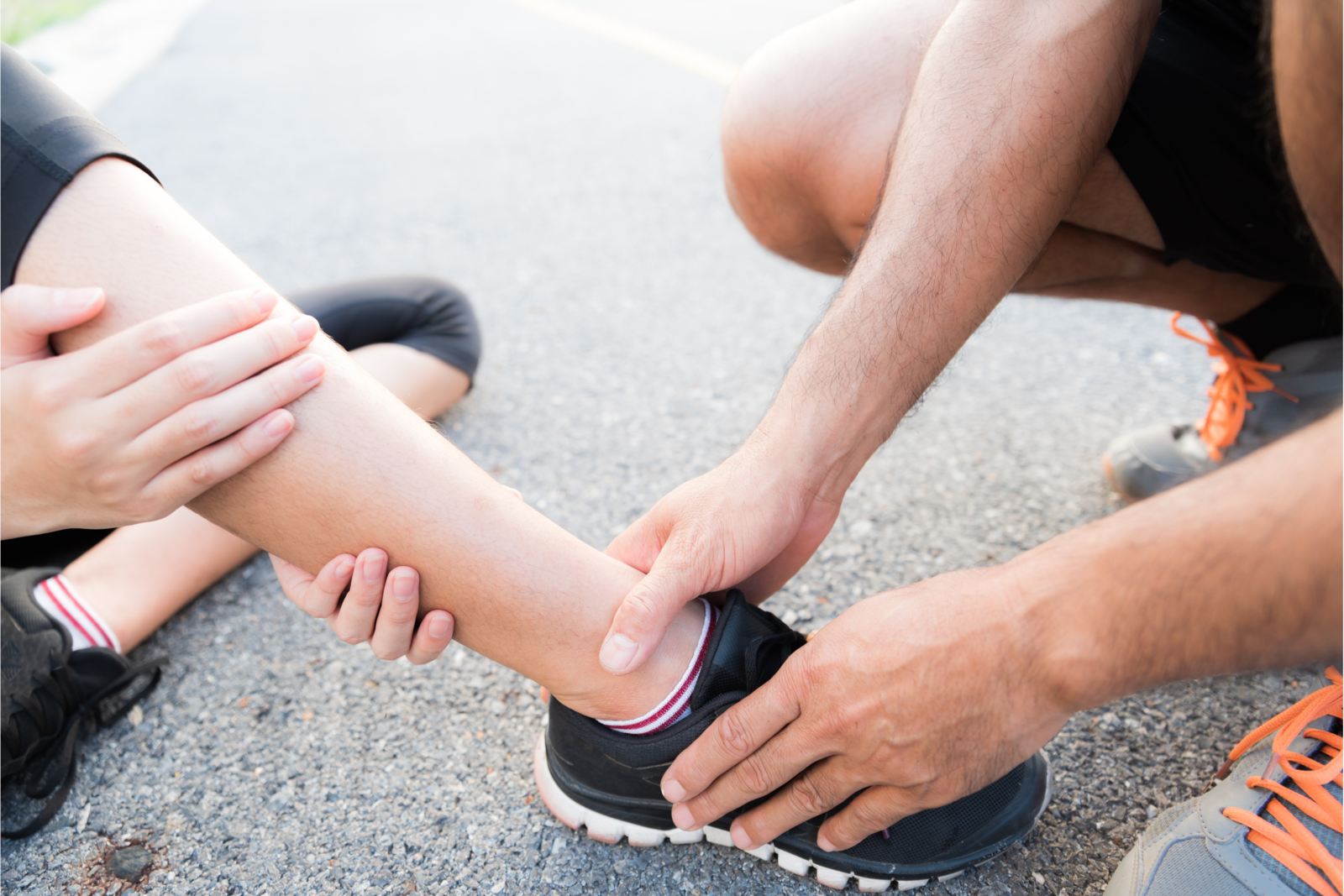
What is Lateral Foot Pain?
If you feel pain alongside the outer edge of your foot, you’re experiencing what’s known as lateral foot pain. This is a common issue triggered by walking, running, and other activities. Lateral foot pain is often accompanied by instability, tenderness, swelling, and even difficulty moving around. If you are suffering from it, it’s important to know what’s causing it and how to address it.
Causes of Lateral Foot Pain
Various conditions can cause lateral foot pain including ankle sprains, cuboid syndrome and peroneal tendinitis. Of these, peroneal tendinitis is the most common culprit and you’ll likely find that it’s worse during and after activities like walking and running.
The peroneal muscles and tendons run from the outer lower leg, behind the outside ankle bone and insert or take a turn around the lateral side of your foot. Peroneal tendonitis is a condition where stress to these tendons exceeds that of tissue recovery which can lead to lateral foot pain.
This condition is most common amongst people who run often or otherwise put the tendon under frequent and repeat stress. Overusing the tendon through habitual or occupational activities such as prolonged standing can also lead to this condition.
Symptoms of Peroneal Tendinitis
- Pain and stiffness along the outside ankle and outer edge of the foot, especially first step in the morning
- Pain along the peroneal tendon or behind the ankle that worsens with activity
- Thickening of the peroneal tendons
- Snapping peroneals during activity
- Swelling that is present all the time and gets worse throughout the day with activity
How to Treat Peroneal Tendinitis?
In most cases, conservative treatment options will provide sufficient pain relief for a majority of lateral foot pain however having an accurate diagnosis by a Podiatrist is important.
Top conservative treatments include:
- Myofascial release to the plantar foot and peroneals
- NSAIDs or anti-inflammatory medications
- Rest, stopping all activities placing stress on the tendon
- Wearing supportive footwear and arch support during the healing period
For those seeking alternative ways to support the body’s natural healing function without any additional side-effects, supplements such as StepStrong which contain enzymes can be a good route. Some enzymes, such as serrapeptase, bromelain and papain, have an immune-boosting benefit to help support the body’s inflammatory response. Studies have also shown that vitamin c rich foods, such as found in amla, can help your body produce the collagen that is required to rebuild tissue after an injury.
If you are uncertain if your peroneal tendinitis is the cause of your lateral foot pain or have been treating your lateral foot pain conservatively for several months and are not improving, I recommend seeing a Podiatrist to discuss additional treatment options.
